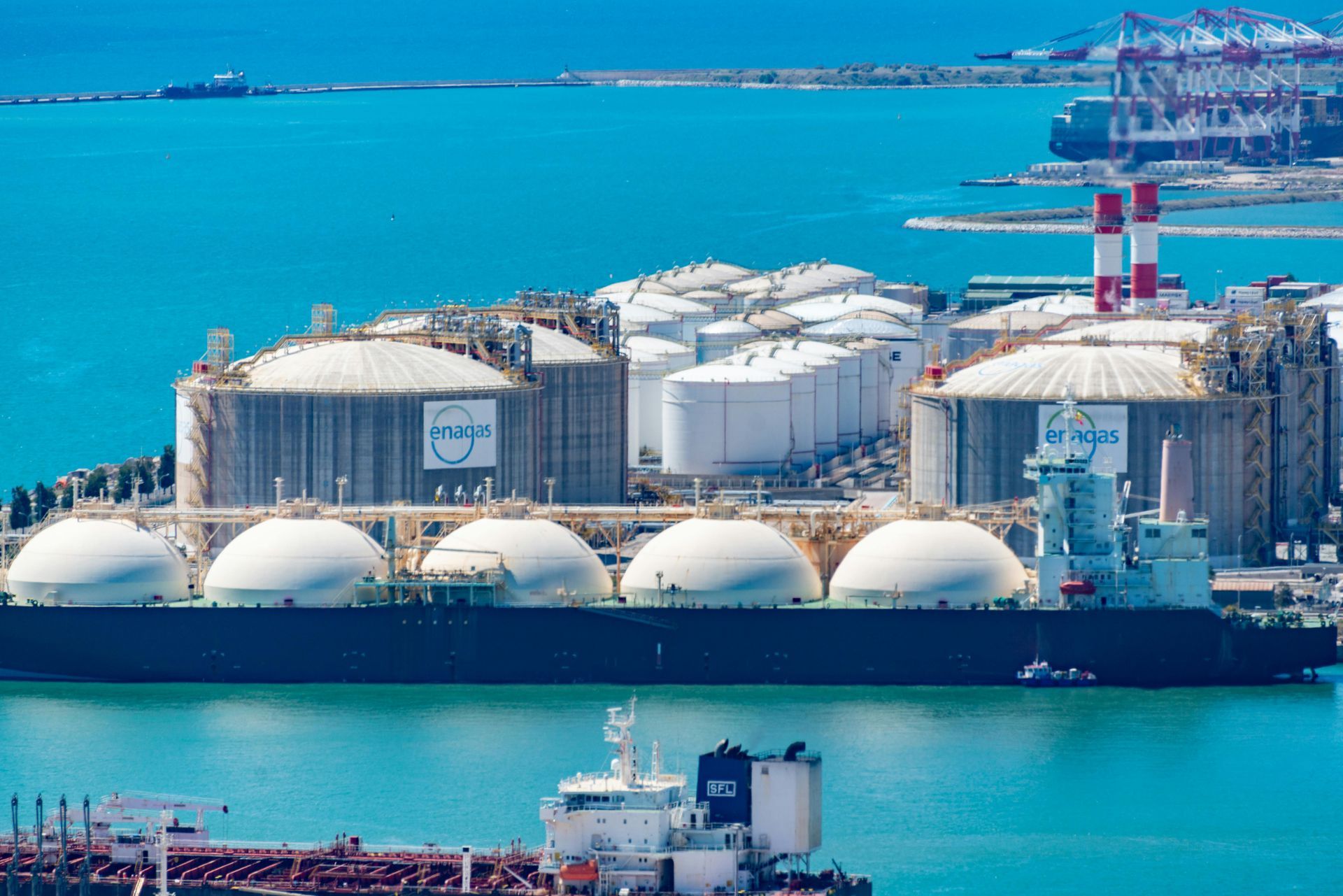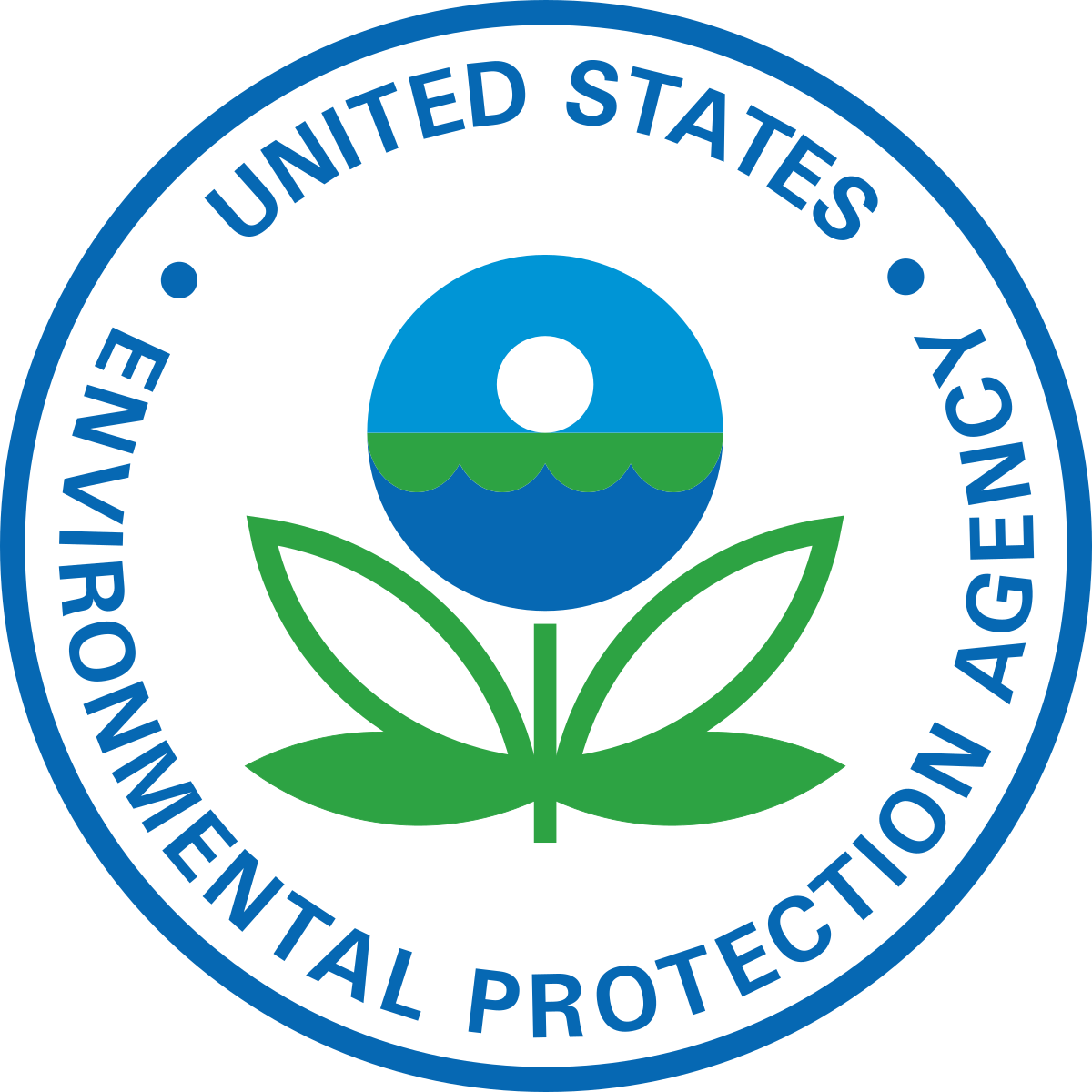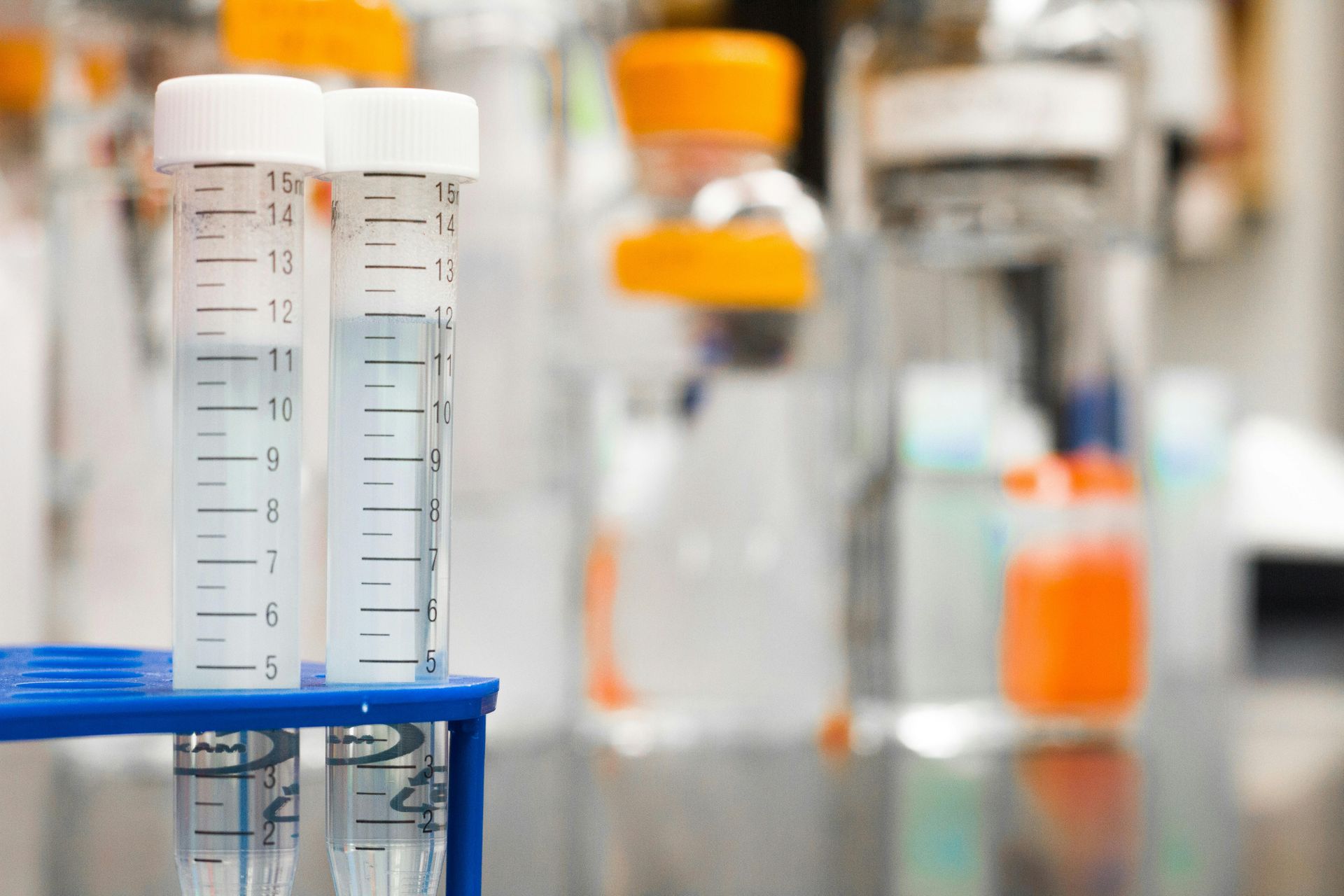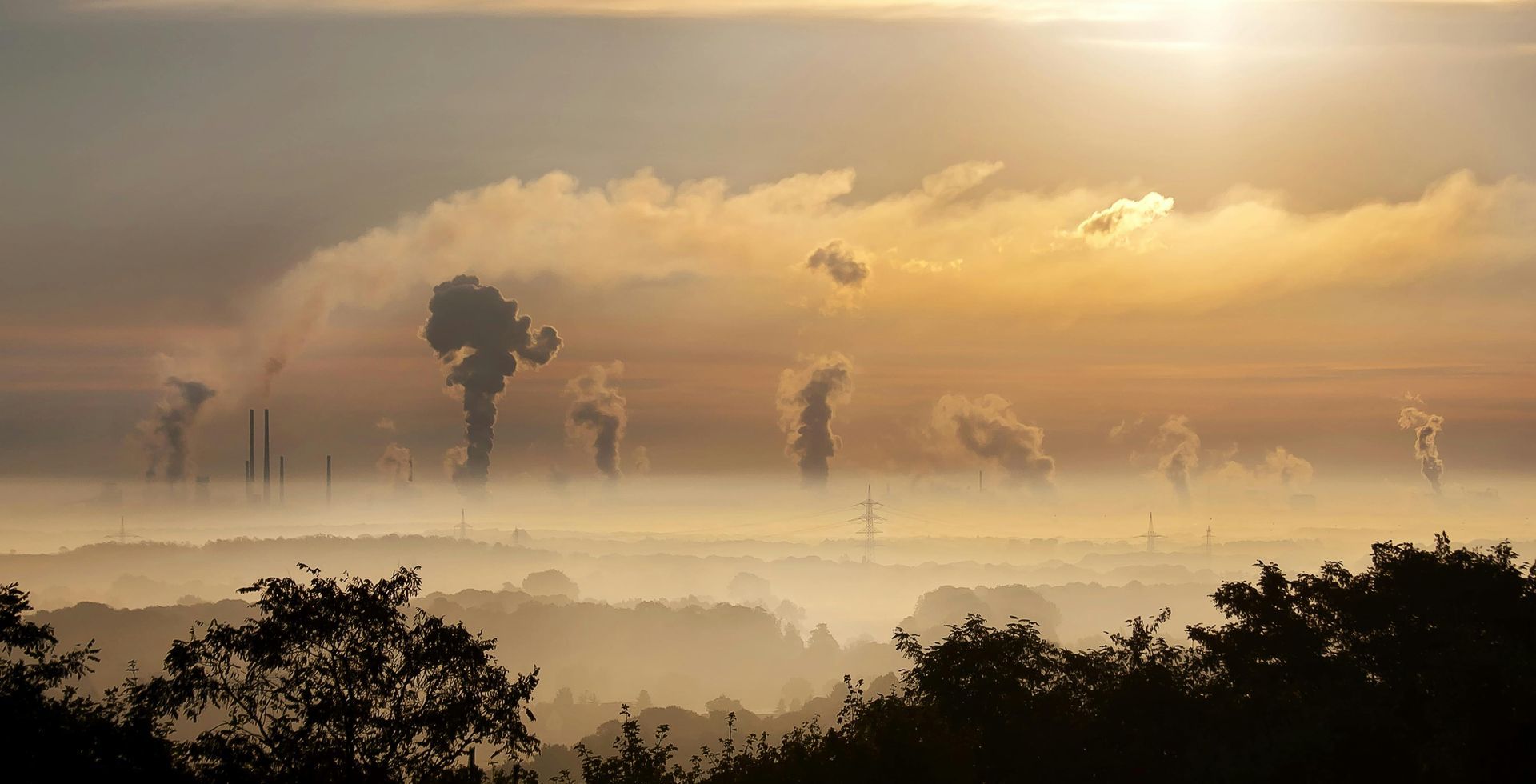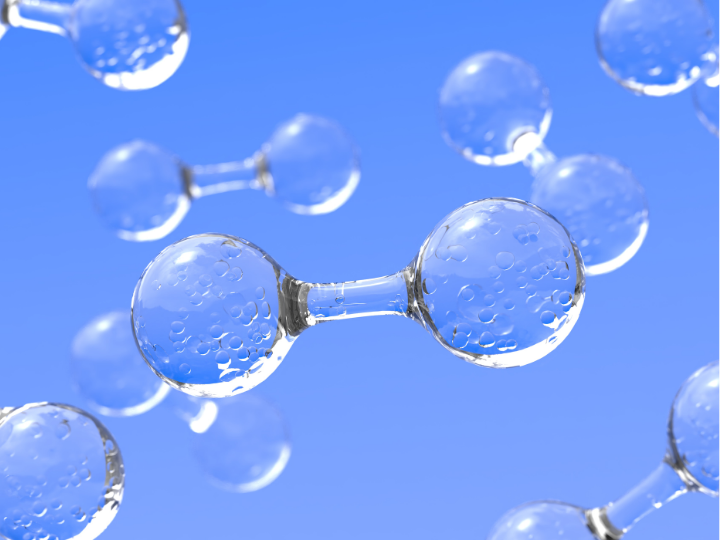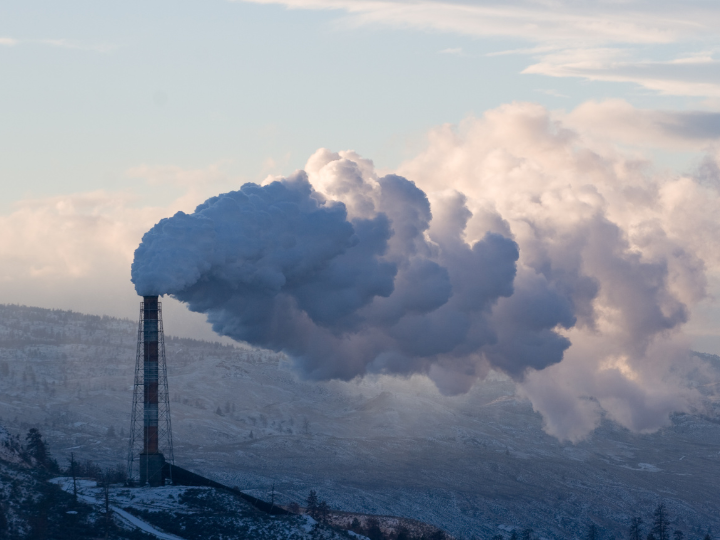5 Facts About Nuclear Energy
Nuclear energy has been quietly powering America with clean, carbon-free electricity for the last 60 years.
It may not be the first thing you think of when you heat or cool your home, but maybe that’s the point.
It’s been so reliable that we sometimes take it for granted.
Did you know nearly a fifth of the country’s electricity comes from nuclear power each year?
If not, then it’s about time you get to know nuclear.
Here are five fast facts to get you up to speed:
1. Nuclear power plants produced 775 billion kilowatt hours of electricity in 2023
U.S. nuclear power plants generated 775 billion kilowatthours of electricity in 2023. That's enough to power more than 72 million homes! U.S. reactors have supplied around 20% of the nation's power since the 1990s and are also the largest producer of nuclear energy in world.
2. Nuclear power provides nearly half of America's clean energy
Nuclear energy provided 48% of America’s carbon-free electricity in 2023, making it the largest domestic source of clean energy.
Nuclear power plants do not emit greenhouse gases while generating electricity.
They produce power by boiling water to create steam that spins a turbine. The water is heated by a process called fission, which makes heat by splitting apart uranium atoms inside a nuclear reactor core.
3. Nuclear energy is one of the most reliable energy sources in America
Nuclear power plants operated at full capacity more than 93% of the time in 2023—making it one of the most reliable energy sources in America due to its high availability.
Nuclear power plants are designed to run 24 hours a day, 7 days a week and require less maintenance to operate for longer stretches before refueling (typically every 1.5 or 2 years).
4. Nuclear helps power 28 U.S. states
There are currently 94 commercial reactors helping to power homes and businesses in 28 U.S. states. Illinois has 11 reactors—the most of any state—and joins South Carolina and New Hampshire in receiving more than 50% of its power from nuclear.
Plant Vogtle Units 3 and 4 in Waynesboro, GA became the nation’s newest reactors when they entered into commercial service in 2023 and 2024. The four-unit plant is nation's largest generator of clean power.
5. Nuclear fuel is extremely dense
Because of this, the amount of used nuclear fuel is not as big as you think.
All of the used nuclear fuel produced by the U.S. nuclear energy industry over the last 60 years could fit on a football field at a depth of less than 10 yards.


